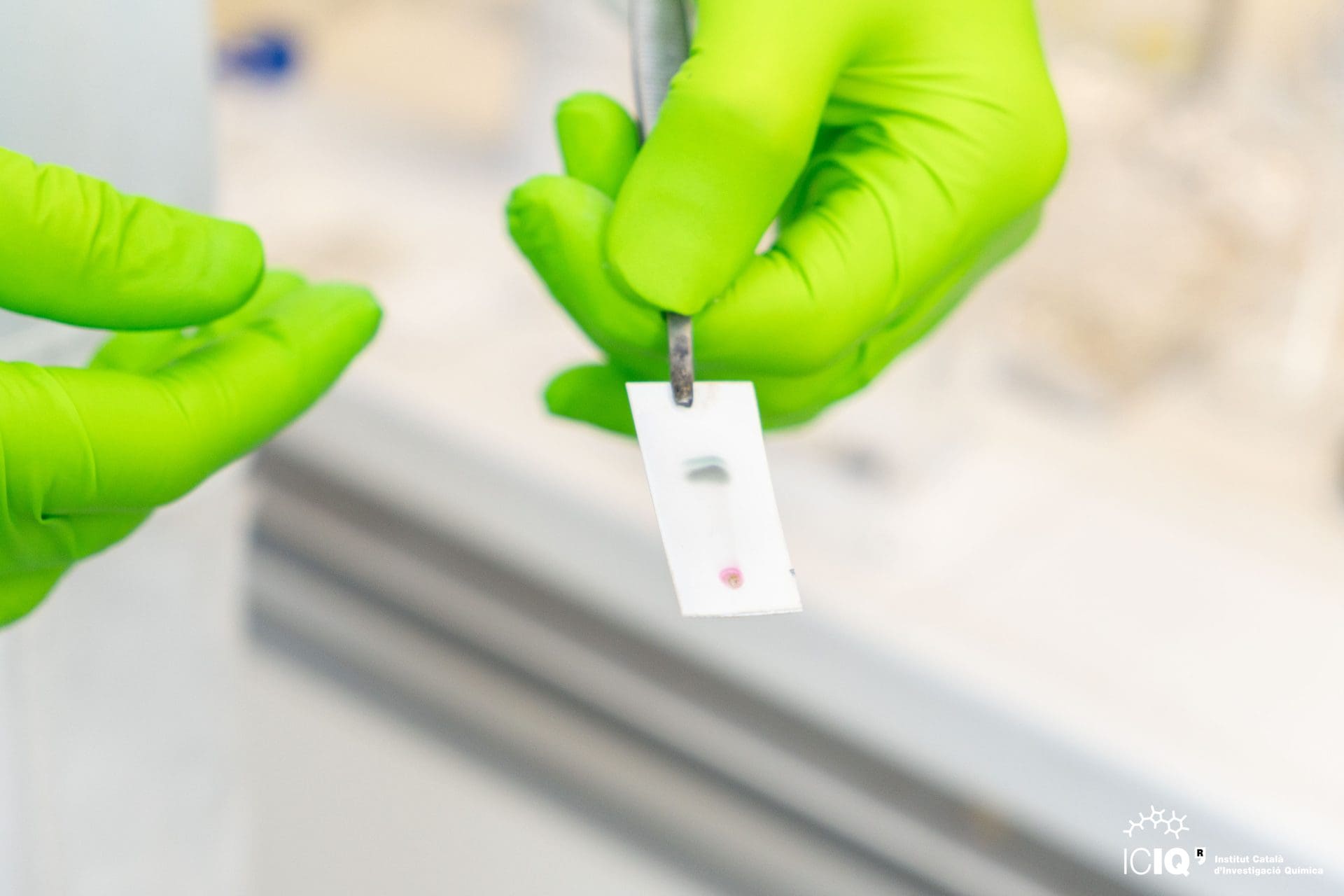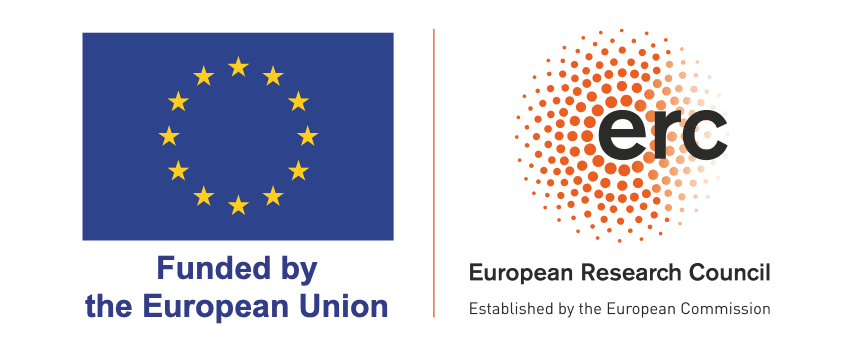Foldmetcat
Bioinspired Catalytic Metallofoldamers
Project description
The goal of this proposal is to design new types of catalysts containing electrophilic transition metal centers that could simultaneously fold and activate polyunsaturated substrates promoting non-inherent cyclization modes. These unconventional cyclisation cascades challenge existing research that views the substrate intrinsic reactivity as the sole factor determining chemical reactivity of carbocation-initiated processes. They also provide access to large carbocyclic skeletons such as those present in the enantioselective synthesis of taxol and ophiobolin. Another aim is to develop general-purpose, efficient chiral electrophilic catalysts based on metals different from gold.
Inspired by mimicking the characteristics of terpenoid cyclase enzymes, the goal of this proposal is to design new types of catalysts containing electrophilic transition metal centers that could simultaneously fold and activate polyunsaturated substrates promoting non-inherent cyclization modes. Our goal is unprecedented, although it is rooted on fundamental organometallic chemistry, in particular, on the known activation of polyunsaturated substrates by highly electrophilic transition metals.
These unconventional cyclizations cascades challenge the paradigm that the intrinsic reactivity of the substrate is the relevant factor in carbocation-initiated processes and would provide access to large carbocyclic skeletons such as those present in taxol and ophiobolin enantioselectively in a single step under catalytic conditions. Although the initial work will be carried out with gold catalysts, a major goal of this research is to develop other general-purpose efficient chiral electrophilic catalysts based on zinc.
To attain our goal, we will study more simple catalysts to delineate the factors that control the folding of polyenynes and polyenes. Thus, we will prepare new series of C2-chiral catalysts in which the stereogenic elements are close to the reaction site. Related C2-chiral systems will be generated by supramolecular hydrogen-bond pairing. A similar chiral arrangement could also be achieved by an intramolecular chiral anion translocation from the metal to a distant hydrogen-bond donor site. In addition, we will explore larger systems based on structurally welldefined metallic clusters to generate highly electrophilic chiral reactive sites. The folding and activation of polyunsaturated substrates will be studied first with a series of catalytic prototypes based on digold or heterobimetallic complexes with Nheterocyclic carbenes, diphosphines, mixed ligands of these types, as well as resorcinarene-phosphonite cavitant ligands.

This project has received funding from the European Union’s Horizon 2020 research and innovation programme under grant agreement No. 835080.
-
Reference: 835080
-
Call identifier: ERC-2018-AdG
-
Timeline
01/09/2019 - 28/02/2025
-
ICIQ's Budget
2,500,000.00 € -
Website & Social Media
-
Senior Researcher
Prof. Antonio M. Echavarren
-
Financing Agent / Programme
ERC Advanced Grant, Horizon 2020
Publications
-
2025 | ACS Catal.
Practical Synthesis of Chiral Ferrocenenylphosphino-Gold(I) Catalysts and NEST Analysis of the Enantioinduction
Mora, P.; Escofet, I.; Besora, M.; Cester Bonati, F.; Echavarren, A. M.

Let's create a brighter future
Join our team to work with renowned researchers, tackle groundbreaking
projects and contribute to meaningful scientific advancements

















